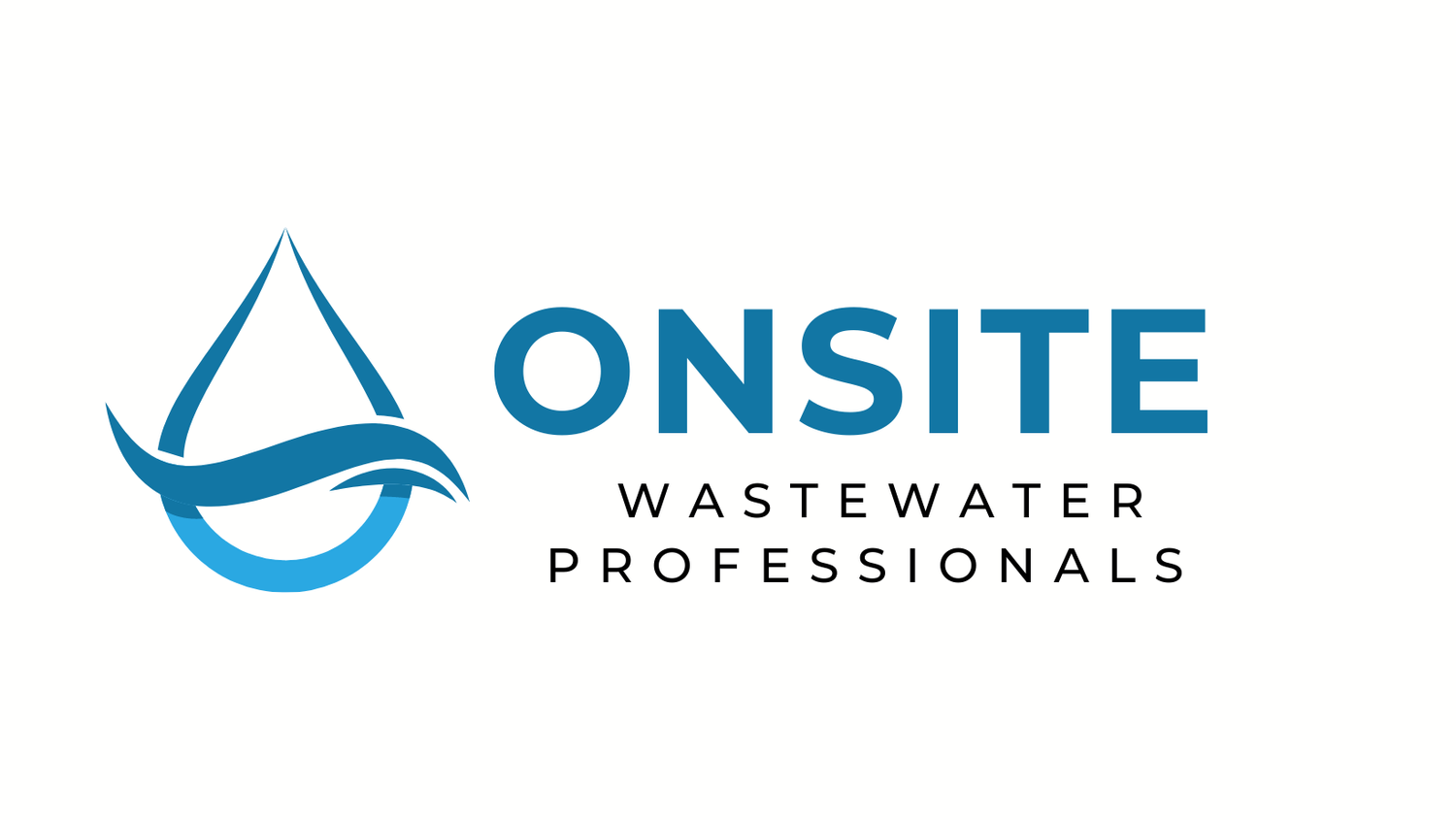.1401 PLANS FOR PREFABRICATED TANKS
(a) All tanks proposed for use in a wastewater system described in this Subchapter shall be approved by the Department. Tanks shall be approved as follows:
(1) The tank design shall be approved based on the plans and specifications submitted in accordance with Subparagraphs (c)(1) through (c)(8) of this Rule. After the tank design has been approved, a temporary identification number shall be assigned for tracking purposes.
(2) The tank shall pass a structural load test as described in Subparagraph (c)(9) of this Rule. The test shall be performed and certified by a third-party. The test shall be observed in person by the Department, LHD, PE, or a third-party testing organization. If the tank passes the structural load test, then the tank shall be assigned a permanent identification number. Tanks shall not be sold for use in a wastewater system without a permanent identification number.
(3) The structural design verification shall be required for new tanks, modifications to tank design, and when tank forms are sold to a different tank manufacturer.
(4) Pump tanks may be tested and approved with a baffle wall, without a baffle wall, or with a partial baffle wall. The most limiting design produced by the manufacturer shall be tested.
(b) The tank manufacturer shall submit three copies of the plans and specifications for the initial design of each tank to the Department for approval.
(c) Plans and specifications for tanks with a total liquid capacity less than or equal to 4,000 gallons shall include the following:
(1) all tank dimensions in inches, including:
(A) top, bottom, and sidewall thickness and variations;
(B) minimum and maximum dimensions on tanks with tapered or ribbed walls;
(C) baffle wall location and minimum and maximum thickness and variations;
(D) location and dimension of all openings in baffle wall for gas and liquid movement; and
(E) dimensions of all compartments;
(2) material type and strength, including reinforcement material and location, as applicable, specified by the manufacturer;
(3) method for fastening the baffle wall to the tank interior;
(4) liquid depth and operating capacity in gallons;
(5) pipe penetration boot locations and pipe penetration boots approved in accordance with Rule .1404 of this Section;
(6) methods and material for sealing sections and forming watertight joints in tanks with multiple sections;
(7) drawings showing access openings, tank lids, access manhole risers, and other proposed appurtenances to the tank;
(8) tank manufacturer and PE requirements for installation, including bedding, additional sealing methods, and leak testing procedures; and
(9) documentation of proof of design. The tank shall withstand a minimum uniform live load of 150 pounds per square foot in addition to the dead weight of the material and all geostatic and hydrostatic loads to which an underground tank is normally subjected, such as active soil pressure on tank walls and the uplifting force of groundwater. The documentation shall be one of the following:
(A) a vacuum test of 4.24 inches of mercury held for five minutes meeting the following criteria:
(i) no loss in vacuum greater than two-fifths of an inch of mercury during the test;
(ii) no deformation or deflection greater than two percent along any dimension unless shown by measurement or calculation to result in a reduction in volume no greater than two percent;
(iii) no distortion of the access openings occurs during the testing that prevents removal and replacement of the access opening lids at the conclusion of the test; and
(iv) for tanks constructed with integral risers, no distortion of the riser during the testing and the riser lid can be removed and replaced at the conclusion of the test;
(B) calculations from a PE that the tank can withstand the loading requirements of this Subparagraph and the performance requirements of Part (A) of this Subparagraph shall be met; or
(C) the tank shall be either IAPMO/ANSI Z1000 or CSA B66 certified and the tank manufacturer enrolled in a third-party quality assurance and quality control program, which includes material testing and unannounced annual manufacturing facility audits.
(d) Plans and specifications for tanks with a total liquid capacity greater than 4,000 gallons and all tanks designed for traffic loads shall be designed by a PE in accordance with ASTM C890. Plans shall show the design, including all the information listed in Paragraph (c) of this Rule and engineering calculations showing the minimum and maximum soil burial depth, water table, and traffic load the tank is designed to support.
(e) Plans for tanks not proposed for general use and issued an identification number under this Section shall meet the minimum requirements of this Section and shall be approved by the Department.
(f) The Department or LHD may inspect approved tanks at the place of manufacture, the inventoried sites of the distributors, or at the installation of the tank in a wastewater system for compliance with the approved plans and specifications
(g) Tanks found to be out of compliance shall be brought back into compliance by the tank manufacturer or the installer as directed by the Department or LHD. Tanks that are not or cannot be brought into compliance shall not be used in a wastewater system and the imprints identified in Rule .1402(d)(15) or (e)(8) of this Section shall be permanently marked over by the authorized agent.
History Note: Authority G.S. 130A-335(e), (f), and (f1).

